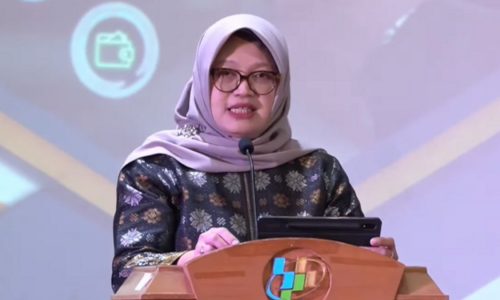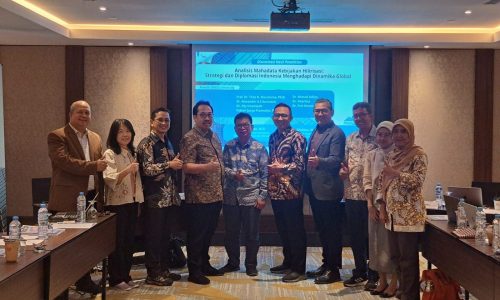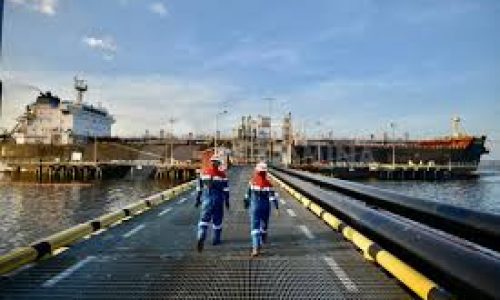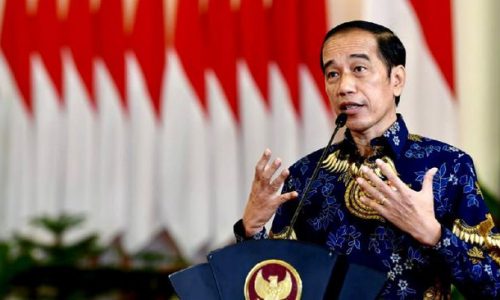Minister of Finance, Sri Mulyani Indrawati, says spatial poverty remains a significant challenge for Indonesia that the government is actively working to reduce poverty levels in line with the improving national economic growth.
“Indonesia’s economic recovery, with a sustained growth rate of around 5 percent, has managed to reduce the poverty rate,” she told a hearing with Committee IV of the Regional Representatives Council (DPD) on Tuesday, June 11, 2024.
Overall, the poverty levels in most provinces have dropped below pre-COVID-19 levels, indicating a recovery in Indonesia’s economy after the pandemic crisis.
Sri Mulyani cited that the regions of Papua and Nusa Tenggara have the highest poverty rates in Indonesia, reaching 24.76 percent and 16.99 percent respectively in 2023. In comparison, Maluku has a poverty rate of 12.29 percent and Sulawesi stands at 10.08 percent. Meanwhile, the poverty levels in Java and Bali are below 10 percent, similar to Kalimantan and Sumatra.
However, only Java and Bali experienced an increase in poverty rates between 2019 and 2023, with Java’s rate rising from 8.4 percent to 8.79 percent and Bali’s from 3.8 percent to 4.25 percent.
For 2025, the Ministry of Finance aims to lower the national poverty rate to between 7 percent and 8 percent, down from 9.36 percent in 2023. To achieve this goal, the Ministry has allocated a budget of Rp 496.9 trillion(US$30.5 billion) to Rp 513 trillion for the 2025 State Budget (APBN).
This budget will be used to accelerate poverty alleviation and reduce regional disparities. The planned measures include expediting poverty graduation, improving access to financing for affordable and decent housing, promoting prosperous farmers and fishermen, and accelerating the development of self-sufficient villages.
Sri Mulyani highlighted the positive trend and the government’s commitment to addressing poverty and inequality across the nation.
“The recovery in Indonesia’s economy, with growth consistently around 5 percent, has been crucial in reducing the poverty rate,” she said.









